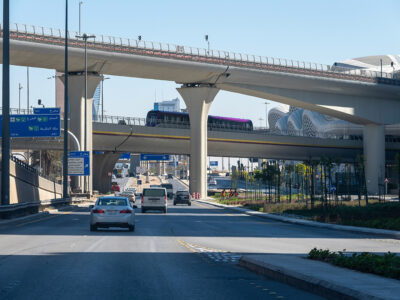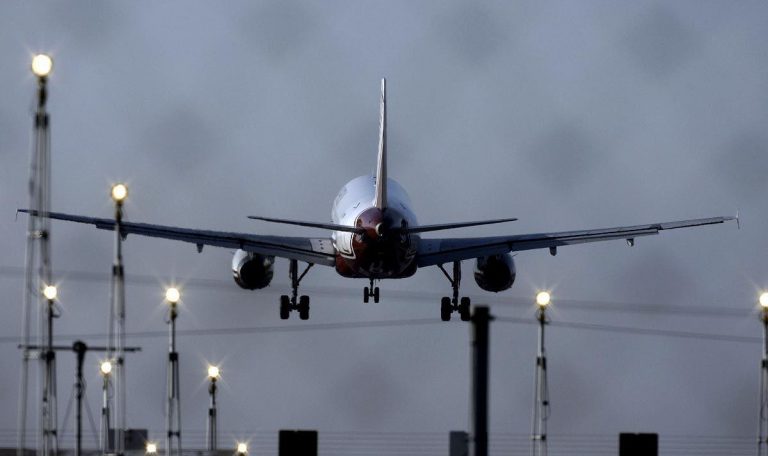Middle East carriers posted the world’s strongest growth in air passenger demand in July, with a 13.1 percent year-over-year increase, according to the International Air Transport Association (IATA).
IATA said in a statement that regional demand had dipped in June owing to the timing of Ramadan but had rebounded in July.
Capacity rose 15.5 percent, causing load factor to drop 1.7 percent to 78.6 percent, it added.
Airlines in all regions recorded growth. Total capacity climbed 7.3 percent, causing load factor to slip 0.2 percent percent to 83.5 percent.
Globally, passenger traffic demand growth, measured in revenue passenger kilometres (RPKs), rose 5.9 percent, compared to the same month last year.
Monthly capacity (available seat kilometres or ASKs) increased by 6 percent, and load factor was 83.7 percent – just 0.1 percent below the record July high achieved in 2015.
Alexandre de Juniac, IATA’s director general and CEO, said: “July saw demand strengthen, after a softening in June. Demand was stimulated by lower fares which, in turn, were supported by lower oil prices. And near record high load factors demonstrate that people want to travel.
“But, there are some important sub-plots to the narrative of strong demand. Long-haul travel to Europe, for example, suffered in the aftermath of a spate of terrorist attacks. And the mature domestic markets are seeing demand growth stall while Brazil and Russia contract.”







